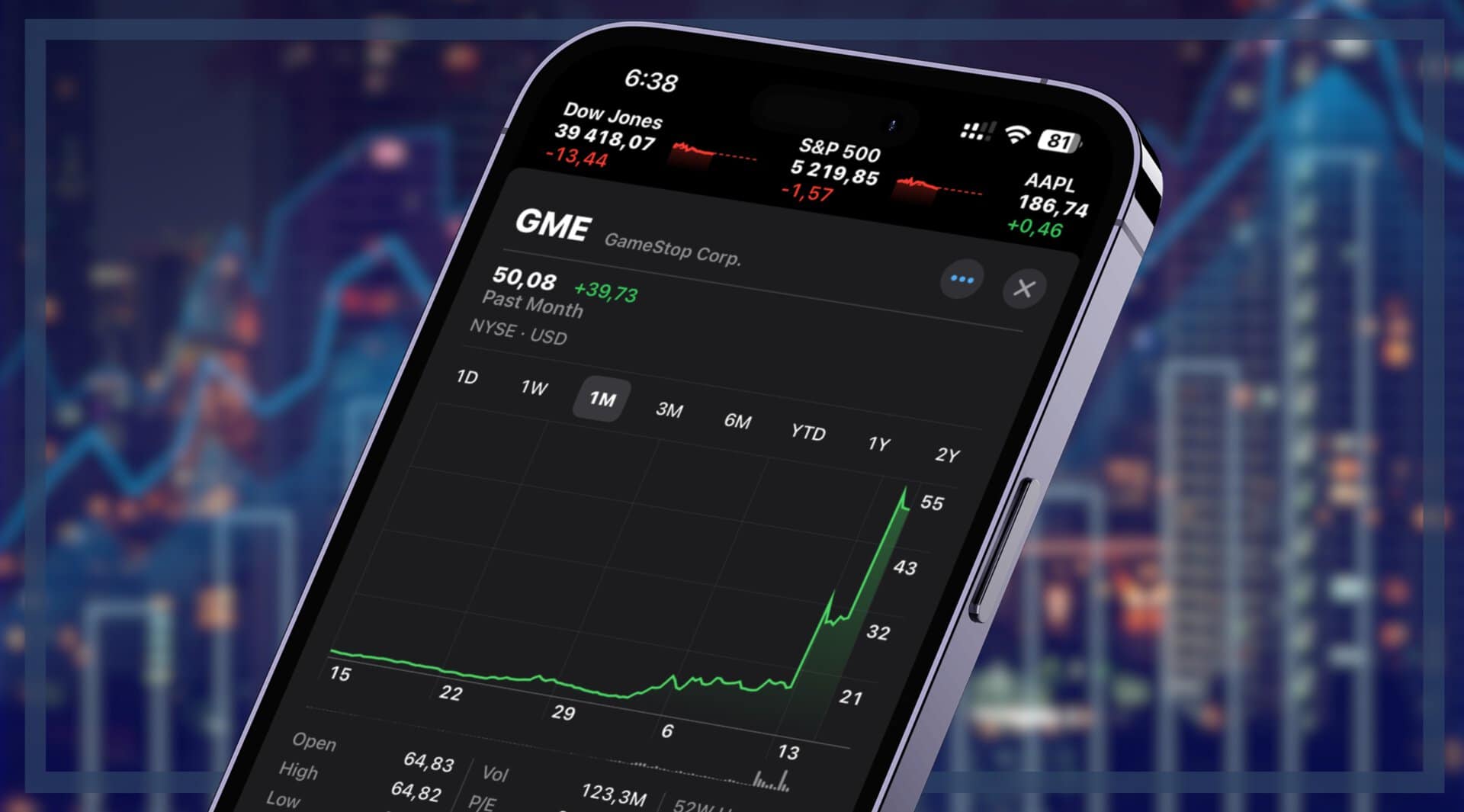The Turkish Lira (TRY) has suffered badly on foreign exchange markets in recent years and particularly in the last twelve months. At the start of 2020, the dollar was trading at 5.9716 against the lira. Since then, the greenback has gained almost 450% against TRY. The lira is currently trading at record lows of around 32.45.
These woes have been shared with all emerging market currencies, which have suffered from a flight to “safe,” dollar-denominated assets, caused by the coronavirus pandemic and the outbreak of war in Ukraine. Higher interest rates in the United States also encouraged foreign exchange traders to obtain greater exposure to the greenback in order to benefit from the higher yields on offer, to the detriment of the lira and other currencies.
In the aftermath of the #reelection of President Recep Tayyip Erdogan, the Turkish Lira (TRY) fell to record lows against the US Dollar (USD)
— #DisruptionBanking (@DisruptionBank) June 13, 2023
This means TRY has now #depreciated in value by about 20% since the start of the year. https://t.co/5u86DZmer0 pic.twitter.com/qmOWX9sKm3
The lira has weakened more than most, however, given for many years President Erdogan has pursued unorthodox monetary policies. Erdogan has long expressed the view that the answer to higher inflation is to cut interest rates further, something that has served only to send prices even further (inflation in Turkey currently stands at 68.6%).
The lira spiralled to record lows in the aftermath of Erdogan’s re-election last year partly because traders expected the Turkish president to remain committed to these monetary policies, sending inflation higher and the lira much lower.
However, since the election, Erdogan has developed more orthodox monetary policies. He has appointed mainstream economists to vital posts at the central bank and finance ministry and allowed them to hike interest rates massively in a bid to tame Turkey’s rampant inflation (rates now stand at 50% in the country). Global credit agencies such as Moody’s have suggested that Turkey could soon benefit from a credit ratings upgrade as a result of Ankara’s pivot back towards orthodox monetary policies.
Since securing reelection, Erdogan has appointed orthodox figures to key economic posts, in a sign that the Turkish leader is finally prepared to compromise on his long-held belief in keeping interest rates as low as possible.https://t.co/C0UWkirqEL
— #DisruptionBanking (@DisruptionBank) August 15, 2023
Perhaps as a result of this, major investment banks have started to go long on the Turkish lira and recommend that their clients increase exposure to the Turkish currency. The wide gap between offshore yields (which are at 45.5%) and onshore rates (52.5%) signals that foreign investors are betting on the currency via derivatives.
Lower offshore yields implies that foreigners are buying the lira or unwinding their short-lira positions – meaning they are expecting the Turkish lira to make gains in the months ahead.
Citibank strategists said in a recent note to clients that “we are now selling USDTRY six-month forwards, as we believe the currency may further absorb better flows over the next couple of months.”
JPMorgan have similarly said that Erdogan’s apparent commitment to higher interest rates has changed the outlook for lira markets. “We believe the risk-reward on long lira has improved again. The structural improvement in the current account, together with the additional monetary policy tightening delivered and promised fiscal tightening, allow prospect for current-account surpluses; local dollarisation pressure in March can reverse, reaction to improving yield profile.”
Citi and JPMorgan are among the Wall Street banks recommending buying the Turkish lira https://t.co/TE2k3tLcQC
— Bloomberg Markets (@markets) April 29, 2024
Timothy Ash, an emerging markets economist, shares these bullish views on the outlook for the Turkish lira. He told Disruption Banking that “I think Turkish local markets will be the story for H2 in 2024.”
“The return of confidence in the policy elites, monetary policy adjustments, and disinflation could all serve to boost the Turkish lira.”
Author: Harry Clynch
#Turkey #TurkishLira #TRY #ForeignExchange #InvestmentBanking















